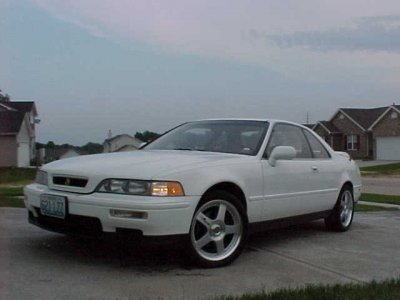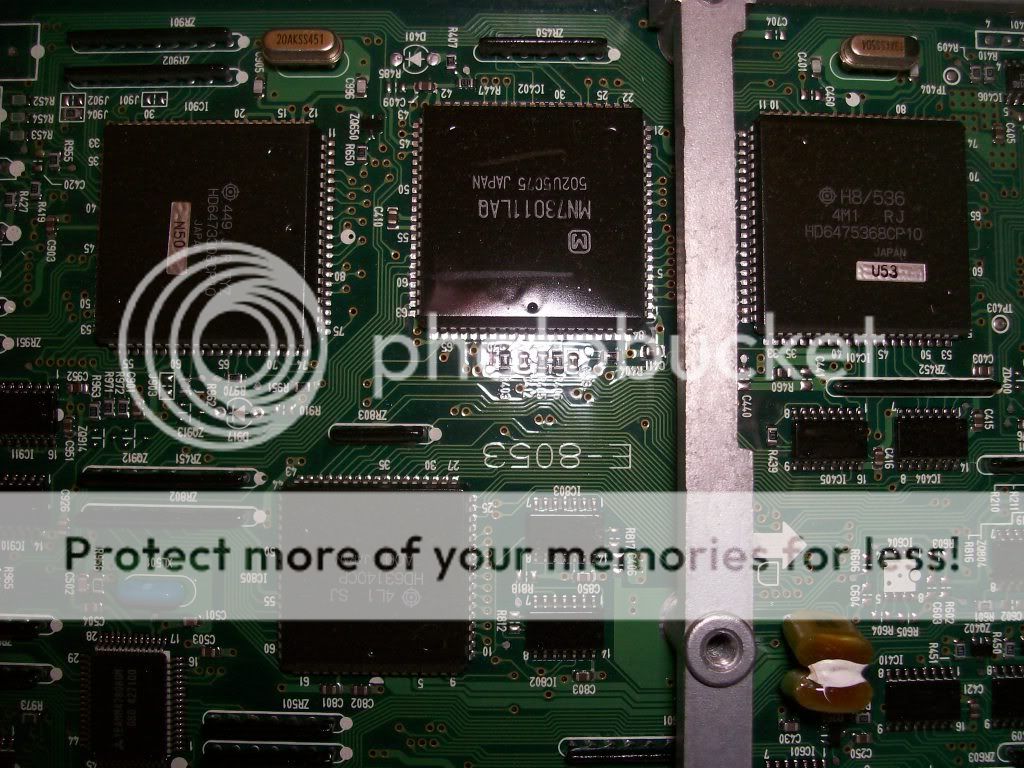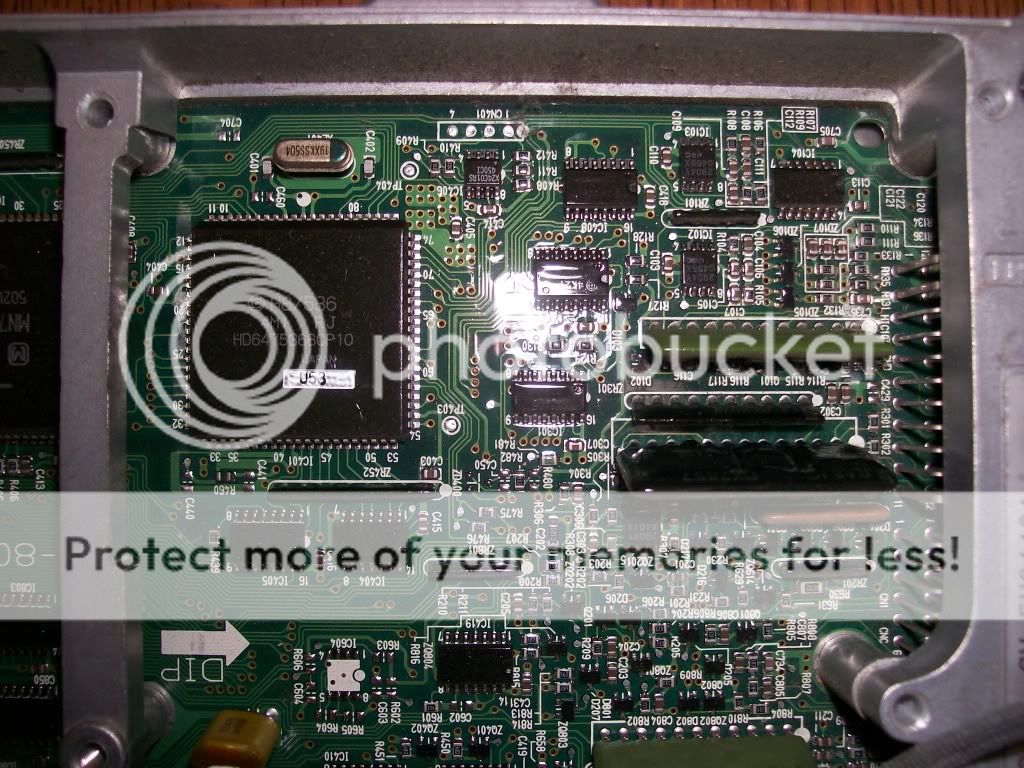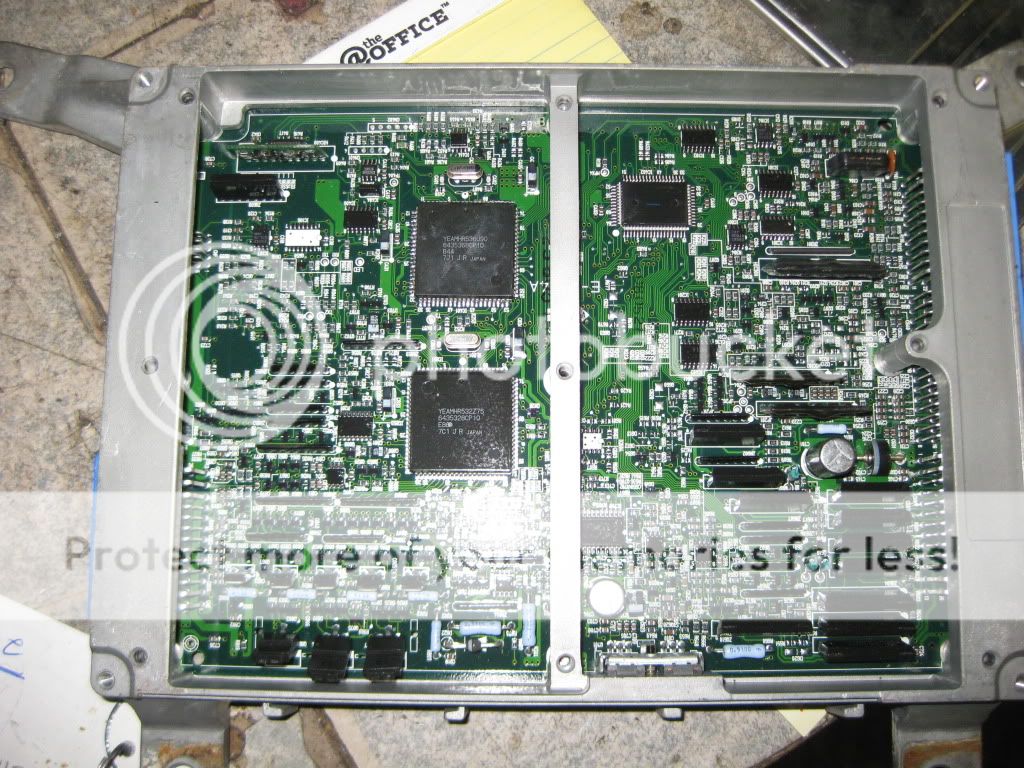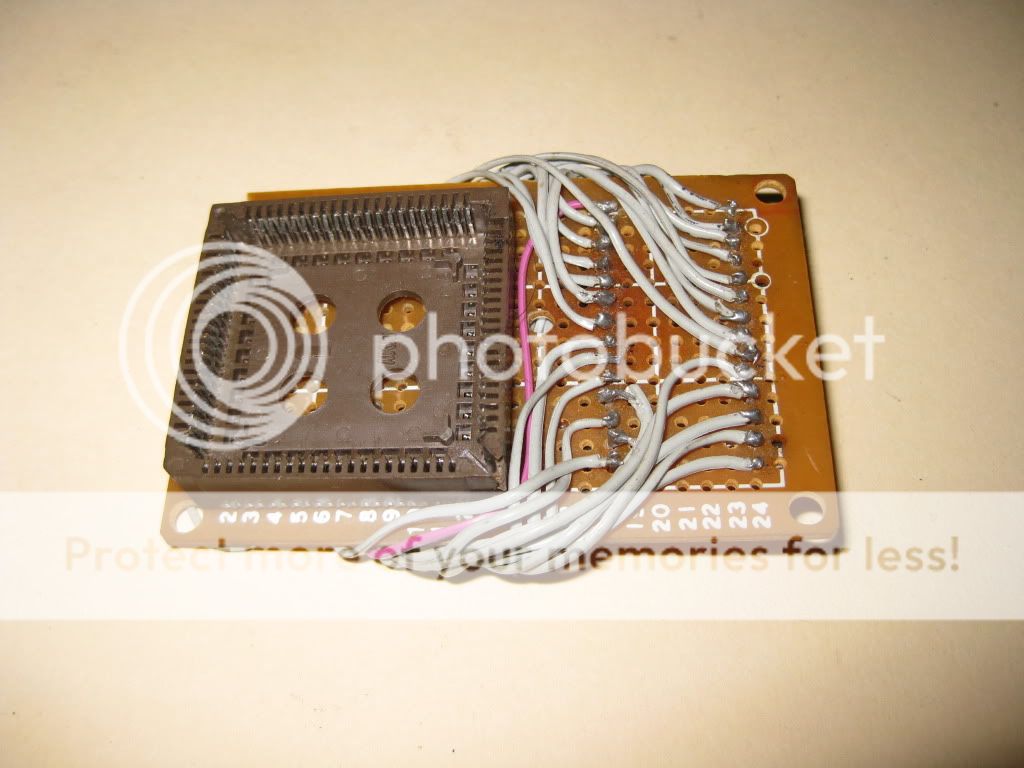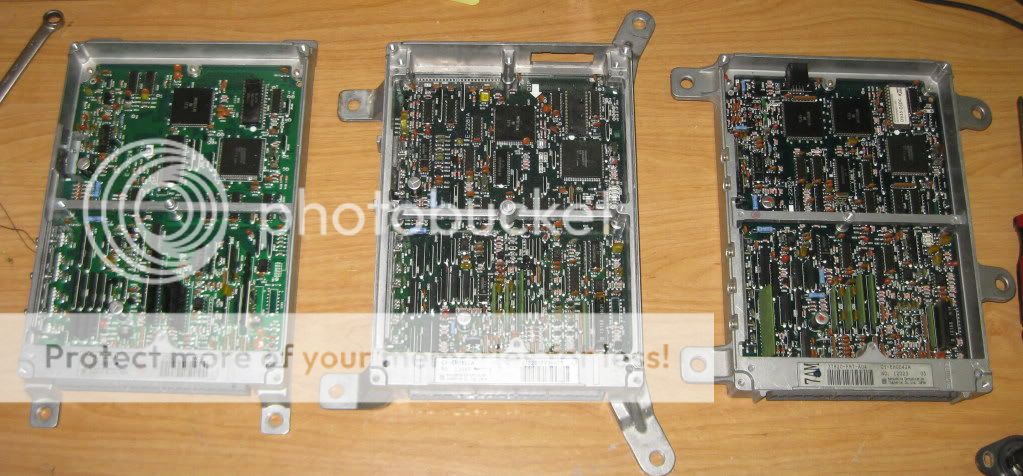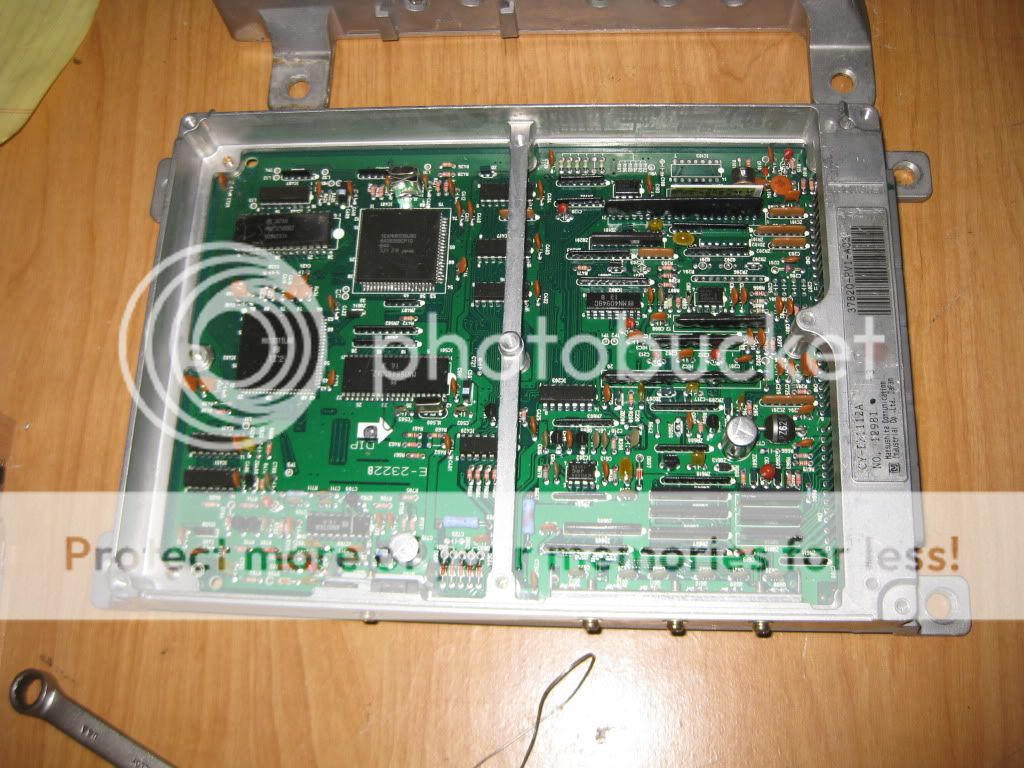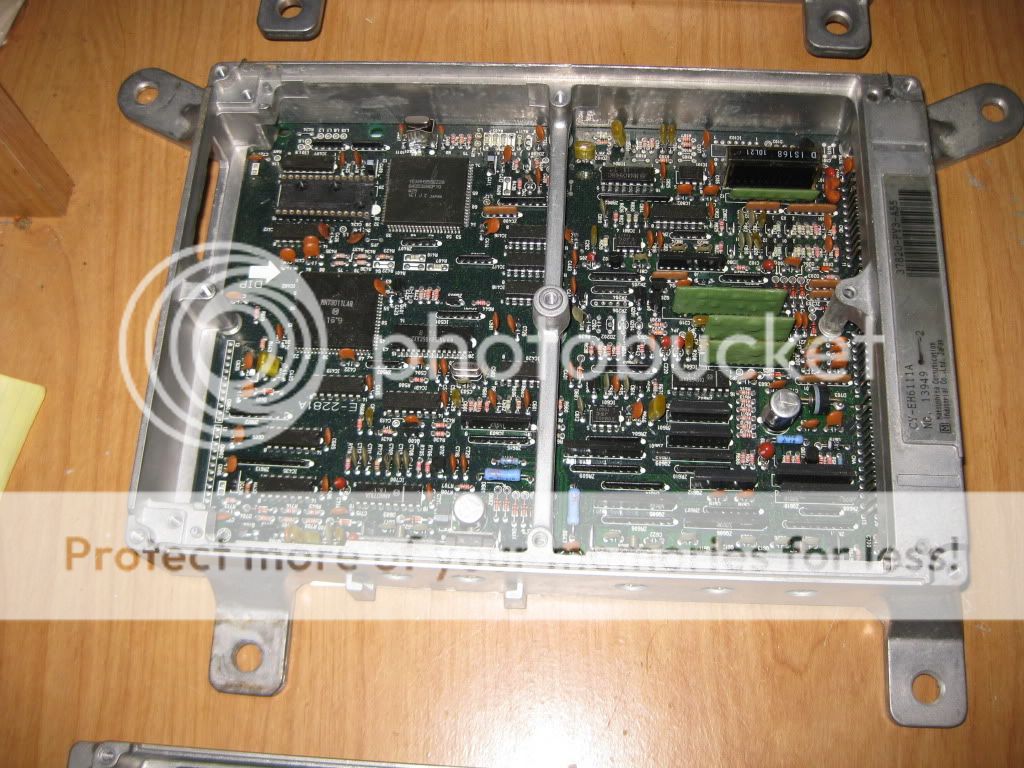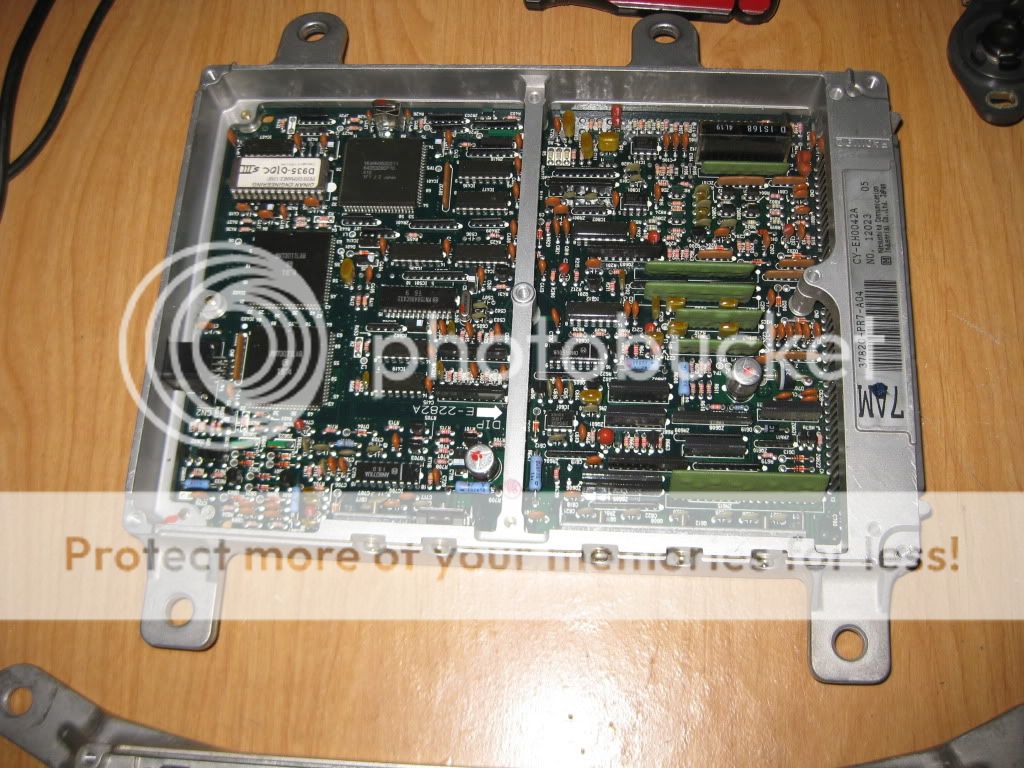Most of us that have made the move to a stand alone save the OEM ECU and put it on the shelf. They are hard to come by if you need one and if you decide to go back to stock you have to have one. However, If you let us know what the process will be, and if there is a reasonable level of risk that the ECU will still be usable in the end then I think you will get a candidate.
For your first test does the ECU need to be 100% known good?
You will most likely need to find a 91-94 Manual ECU, the 95-96 ECU's are sort of a hybrid OBD1/OBD2 and were only used in about 1300 cars total. Not sure I would worry about the Auto cars either, very few were made and very very few were modded with more then headers and exhaust. Just the oposite of the Legend world.
I am very impressed at your project and the knowledge you have gained from it, I wish I had the time to play with a project like this. There are a few venders that are making "HOT" chips for the car but I suspect the only thing they are doing is changing a single value maybe the coolant table values to trick the ECU into a slightly leaner condition resulting in a little more power in open loop. Not sure if they would help or not but may not hurt to ask Mark @ Dali Racing. Also the latest round of performance shops may have a few ECU's sitting around, try calling Chris @ SOS, Shad @ Driving Ambition, or Cody @ LoveFAB maybe they can get you a few ECU's to try. I am not sure if they have anything to offer but I think Split Second was working on cracking the ECU before they decided on their piggy back box that really never worked very well but they may have some insite as well. Also check with BrianK hear on Prime, he is the fix-it guy for broken NSX electronics and may be able to help.
Very cool project, I sold my coupe to buy my first NSX, I loved the Coupe and still have a soft spot for those cars.
Dave
For your first test does the ECU need to be 100% known good?
You will most likely need to find a 91-94 Manual ECU, the 95-96 ECU's are sort of a hybrid OBD1/OBD2 and were only used in about 1300 cars total. Not sure I would worry about the Auto cars either, very few were made and very very few were modded with more then headers and exhaust. Just the oposite of the Legend world.
I am very impressed at your project and the knowledge you have gained from it, I wish I had the time to play with a project like this. There are a few venders that are making "HOT" chips for the car but I suspect the only thing they are doing is changing a single value maybe the coolant table values to trick the ECU into a slightly leaner condition resulting in a little more power in open loop. Not sure if they would help or not but may not hurt to ask Mark @ Dali Racing. Also the latest round of performance shops may have a few ECU's sitting around, try calling Chris @ SOS, Shad @ Driving Ambition, or Cody @ LoveFAB maybe they can get you a few ECU's to try. I am not sure if they have anything to offer but I think Split Second was working on cracking the ECU before they decided on their piggy back box that really never worked very well but they may have some insite as well. Also check with BrianK hear on Prime, he is the fix-it guy for broken NSX electronics and may be able to help.
Very cool project, I sold my coupe to buy my first NSX, I loved the Coupe and still have a soft spot for those cars.
Dave
Attachments
Last edited:


